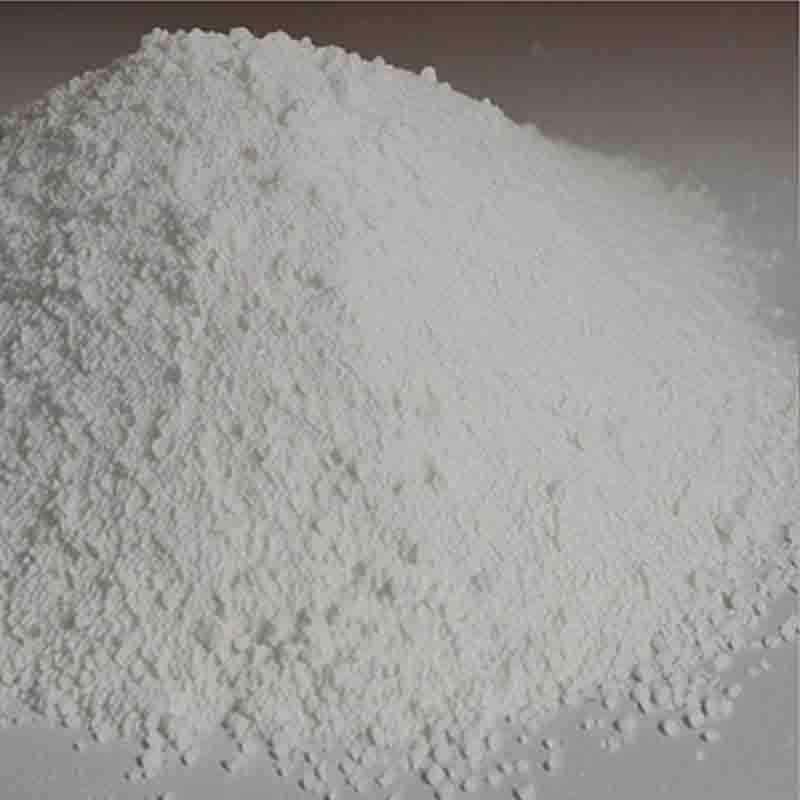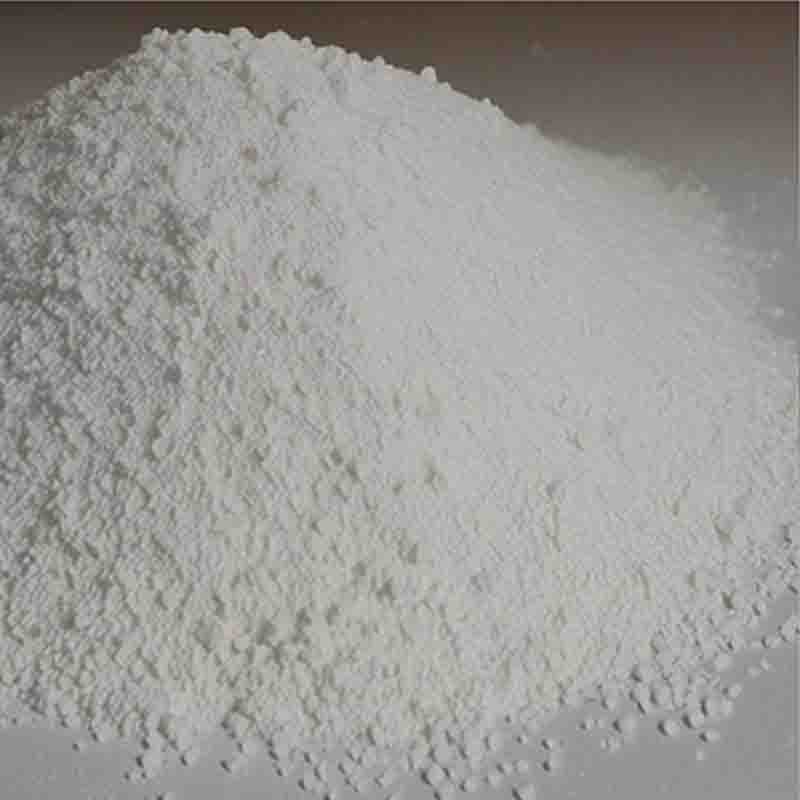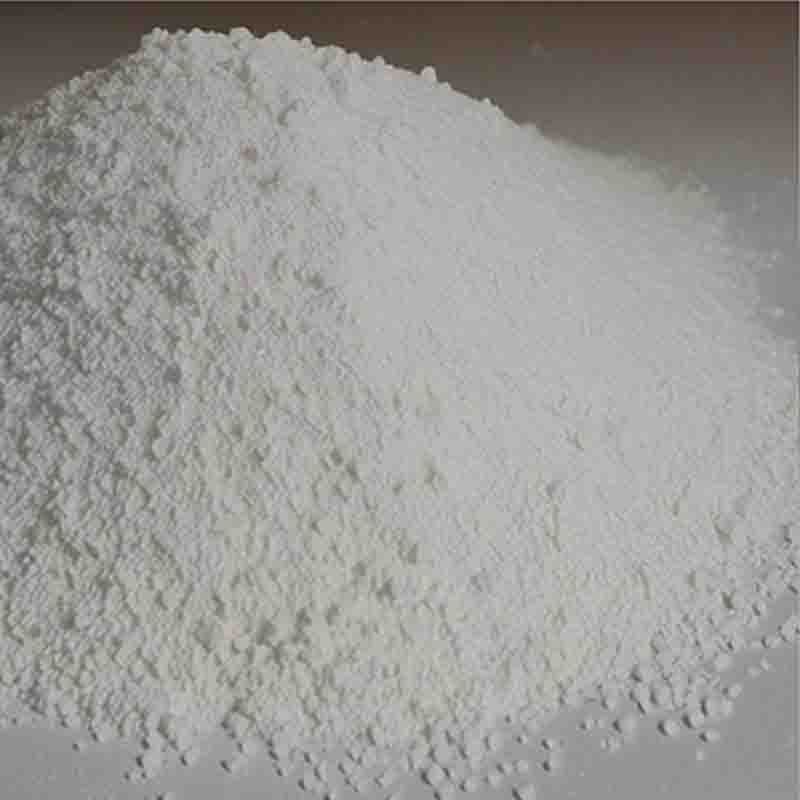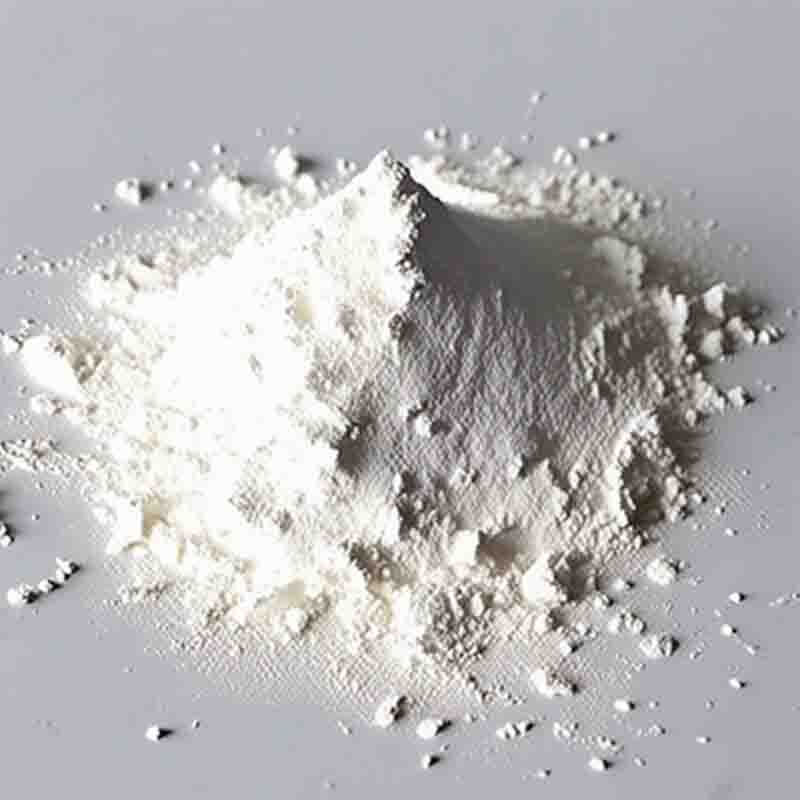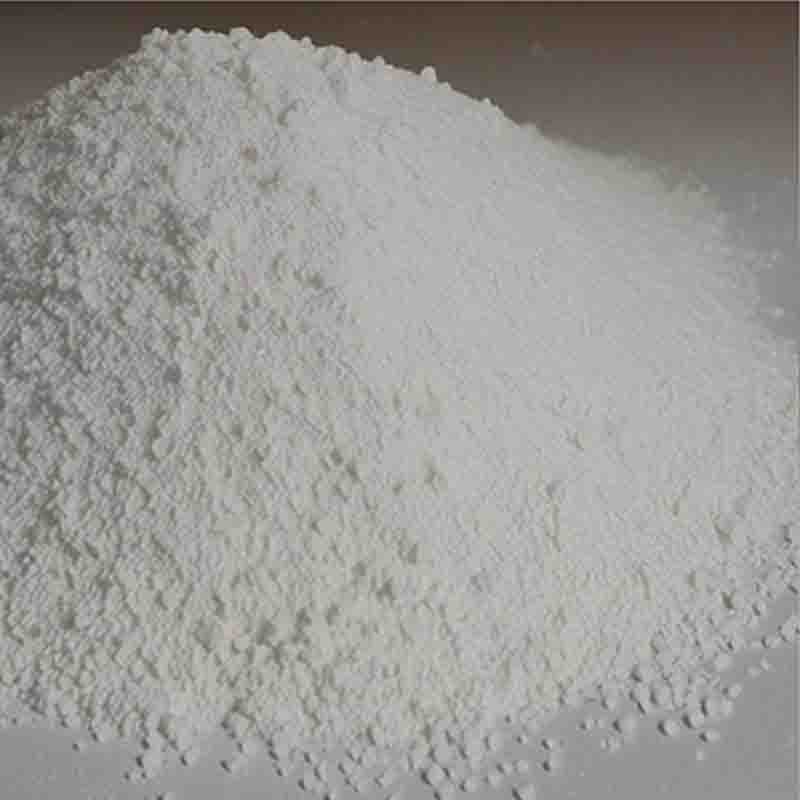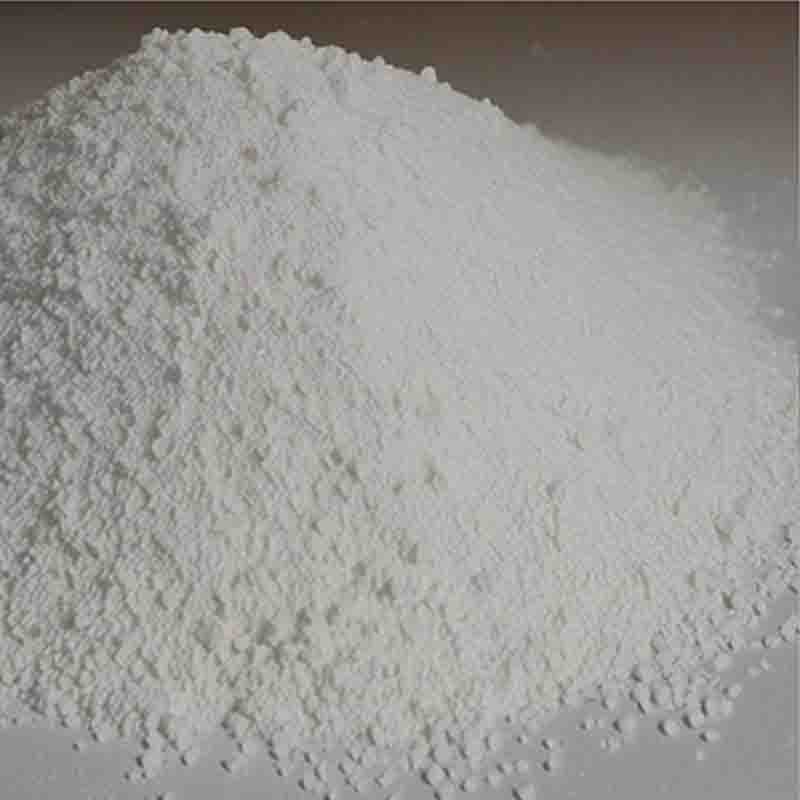4-(Diphenylamino)phenylboronicacid CAS:201802-67-7
| Catalog Number | XD96068 |
| Product Name | 4-(Diphenylamino)phenylboronicacid |
| CAS | 201802-67-7 |
| Molecular Formula | C18H16BNO2 |
| Molecular Weight | 289.14 |
| Storage Details | Ambient |
Product Specification
| Appearance | White powder |
| Assay | 99% min |
4-(Diphenylamino)phenylboronic acid is a compound with interesting properties and potential effects in various fields. It consists of a boronic acid group attached to a phenyl group, which contains a diphenylamino moiety. These structural features contribute to its potential applications and effects.One potential effect of 4-(Diphenylamino)phenylboronic acid is its ability to act as a sensor for carbohydrates, especially sugars. Boronic acids are known for their high affinity towards diols, and the diphenylamino group further enhances this property. This compound can form reversible complexes with sugar molecules, leading to changes in its optical or electrochemical properties. This property can be utilized in developing glucose sensors for diabetes management or in detecting other carbohydrates in biological samples.Furthermore, compounds containing boronic acid groups have been explored for their applications in medicinal chemistry. Boronic acids have the ability to react with specific enzymes or receptors in biological systems, making them potential candidates for drug development. The presence of the diphenylamino group in 4-(Diphenylamino)phenylboronic acid may further enhance its interactions with biological targets, potentially leading to improved activity or selectivity. This compound could be explored for its potential as an anticancer agent or for the treatment of other diseases where boronic acids have shown promise, such as diabetes or inflammatory conditions.In addition, boronic acid derivatives have been used as catalysts in various organic reactions. The boronic acid group in 4-(Diphenylamino)phenylboronic acid can act as a Lewis acid catalyst, promoting the activation of substrates and facilitating reactions. This compound could be investigated for its potential in catalyzing important transformations in organic synthesis, such as carbon-carbon bond formations or cross-coupling reactions.Overall, 4-(Diphenylamino)phenylboronic acid exhibits potential effects as a carbohydrate sensor, in medicinal chemistry, and as a catalyst. Its unique molecular structure, combining the boronic acid and diphenylamino groups, provides opportunities for applications in glucose sensing, drug development, and organic synthesis. However, further research and experimentation are necessary to fully explore the compound's potential and optimize its effects in these areas.


